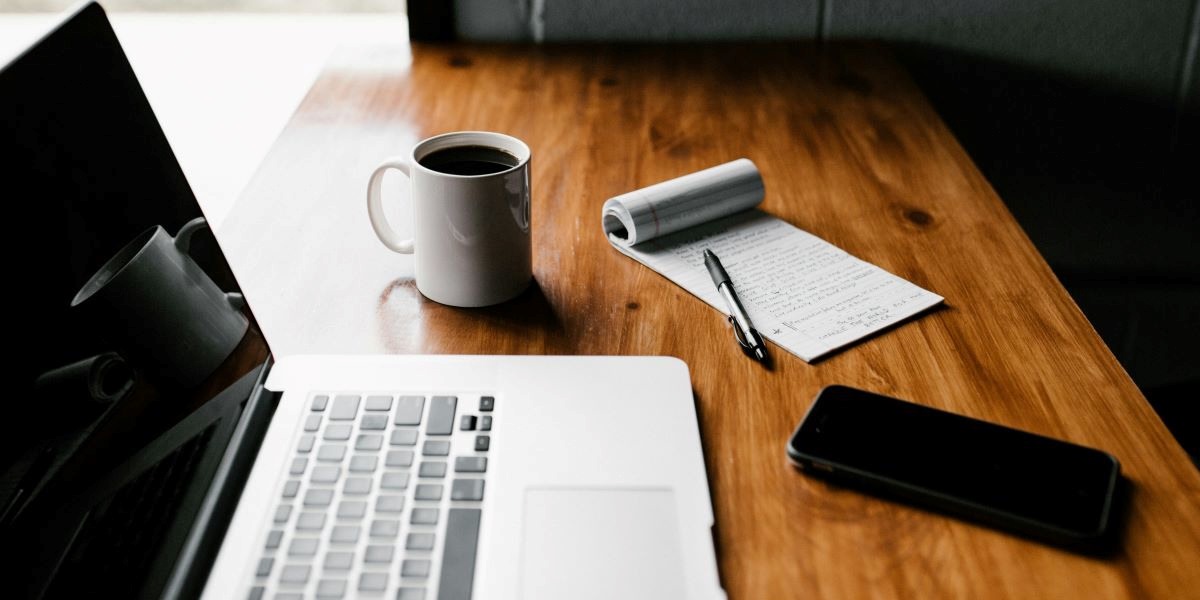Social media has become synonymous with human misery. According to Scientific American, the lawsuit against Meta suggests there is a correlation between image filtering and the development of eating disorders among teenagers. Is it just social comparison?
And yet the disability community seems to be united as an online collective. And it’s not because they’re immune to the scourge of online scams, trolls, and hateful comments. In fact, it’s what these sites bring to the disability community that makes the difference: support, friendships, professional connections, and greater understanding. The usual pesky social media algorithms that promote rhetoric and vitriol just don’t cut it.
Although subtle, disability normalization seems to be spreading across various social media platforms. Blogging and journalism site Medium has never supported discrimination against creators with disabilities, and Twitter and LinkedIn appear to be following suit. Both apps are chock-full of creators from all walks of life, and experience less harassment than the broader internet.
In March, as part of Neurodiversity Awareness Week, ADHD career coach Nikki Hardy AACC posted about the “ADHD is a superpower” statement. Her post garnered many similar comments, with which I agreed. Whether ADHD is a superpower really depends on what you do. Twitter is filled with laments from neurodiverse writers who struggle with composition. As one anonymous poster put it, “It’s tough having so many separate subjects rolled into one.”
A cozy space?
I am part of an Australian Facebook group called “Deaf, Disabled, Neurodiverse and Chronically Ill Writers.” The zeitgeist of these Facebook groups is slowly creeping in. The difference between these types of groups and others is clear: I once posted a humorous piece to another Facebook writers group, asking for criticism.
“Wow, you really are a master of words,” one comment read. “Oh, how lovely,” I thought. “Yes, words… so many words. It just goes on and on…” The ironic twist hit me hard. Wow, how ironic. Afterwards, I was so embarrassed. I didn’t pick up a pen for a week. I recovered quickly, but I’ll never do it again.
Other advocacy groups and disabled social media founders have observed similar trends, but Facebook groups for disabled creators, as Alejandra Ospina points out, could provide a more welcoming space, especially for women with disabilities.
Users in these online groups often talk about lesser known illnesses and disabilities, or the nuances they evoke: People who use wheelchairs, for example, can be seen as fakes even though they’re not completely paralyzed.
An anonymous “Deaf, Disabled, Neurodiverse, Chronically Ill Writers” user told me: “…so much of what’s published about albinism focuses on the OCA1A, or ‘all white with red eyes’ stereotype, but this is not the most common type. It’s caused me years of self-doubt and frustration because people have told me I can’t be albinos because my eyes are blue. There’s also misinformation about related eye conditions. Albinos are a spectrum, and some people can see well enough to drive, while others need a guide dog.”
The internet’s anonymity, combined with support for self-expression, provides a unique safety net for people with disabilities.
The anonymity and support for self-expression of the internet provide a unique safety net for people with disabilities to find their voice. What attracted me most to this environment was the honesty. I’m a sharer, so I flock to these things. But online, I’m treated like a valid member of society, a fully functioning solutions journalist, not some neurodiverse refugee on the fringes.
Mindful Awareness
Carly Findlay is an Australian disability advocate who speaks out to educate and empower people about visible disabilities. The Say Hello author runs an eponymous blog about ichthyosis. The heartfelt post, titled “Using social media to educate kids about facial differences”, was inspired by two children at a petrol station who claimed they were scared of her appearance.
What would she say to parents with inquisitive kids?
“Use social media for good. Follow and interact with lots of people who are not like you and let your kids see them. Social media can be cruel, but this is a great way to encourage kindness.”
“Deaf, Disabled, Neurodiverse, Chronically Ill Writers” is empowering to say the least. Being online, I meet successful activists, writers, and other creatives. Conscious awareness is created when participants actively reach out and engage. The amount of work I have landed as a writer is amazing. Now, I have secured semi-regular work because of the connections I have made. As I scrolled looking for writing jobs, I was introduced to film acting opportunities, diverse models, art jobs, writers’ workshops, disabled creatives who run businesses, prominent disability activists, and more.
The only downside to being in this group is that I get a lot of rejection for writing, even though I’m among a lot of great people. As a result, I sometimes feel Rejection Sensitivity Dysphoria (a common problem for neurodiverse people). But this is a problem that arises when using social media not for my own gain, but for a broader sense of empowerment. LinkedIn still suffers from a legacy of narcissism, and entrepreneurs often don’t share the blood, sweat, tears, or even money they shed to succeed. Conversely, creators with disabilities often mention the pain, suffering, and effort that comes with their projects and obstacles, leading to understanding from their audience.
In one of Findlay’s blog posts, “A Note on Jealousy,” she carefully outlines the sacrifices she made to become a published author after someone posted that they were “so jealous” that she had become a published author.
Unfortunately, active use of social media is somewhat insular. It would be great to see more social media groups for creators with specific disabilities, and corresponding writer feedback groups for struggling creators. These groups provide insight into people’s situations, educate other people with disabilities and society at large, and empower users to tell their own stories.

